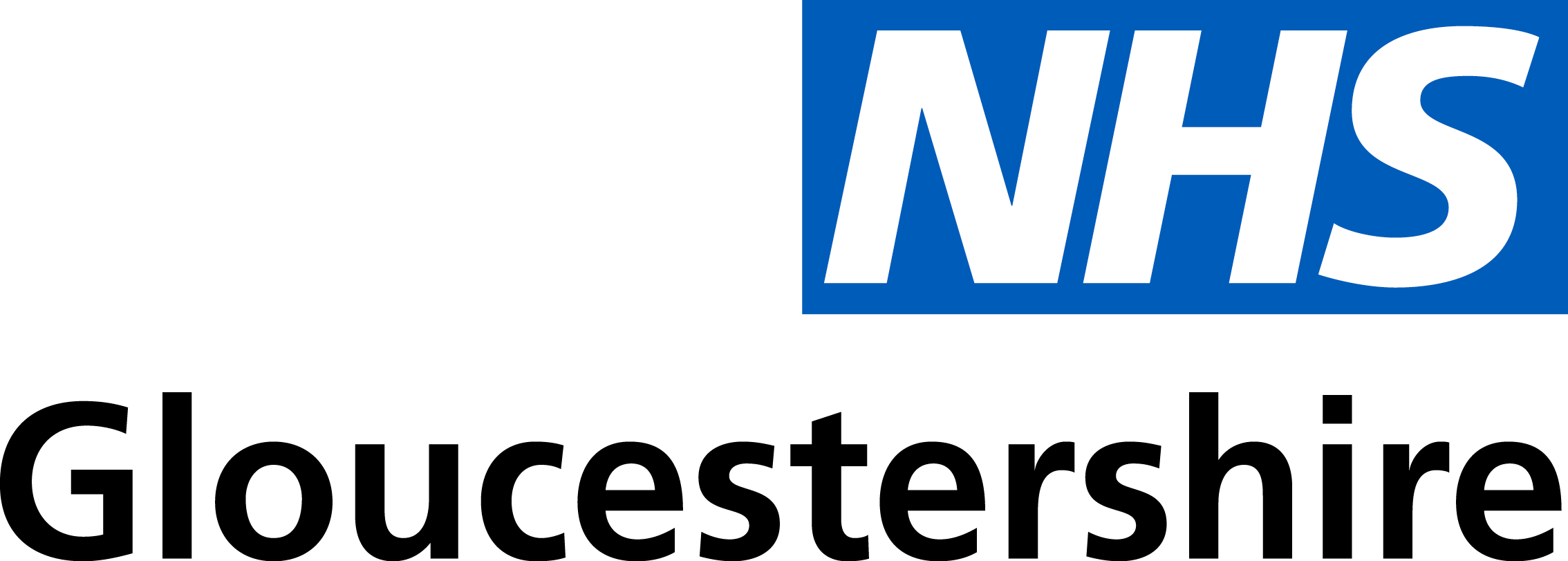Urgent and Emergency Care is a broad term that refers to a range of services that are mainly needed that same day.
They are provided by community pharmacies, GP surgeries, NHS 111, community services (including rapid response services and community minor illness and injury units), acute hospital services (including A&E and the services that work alongside them) and 999 Ambulance services.
You can find out what to do if you are ill or injured and not sure where to turn, by visiting our pages here.
Improving Urgent and Emergency Care services
Health and care partners in Gloucestershire are working more closely than ever before to ensure the journey in and out of hospital is as smooth as it can be.
We want to simplify access to services, join them up further and help staff and patients better understand the services available and when to use them.
We have made significant investment in a 24/7 Clinical Assessment Service (CAS) working alongside NHS 111 and the GP Out of Hours service. The CAS, supported by GPs, advanced nurse practitioners, therapists, pharmacists and paramedics can support people to access community services and offers increased support and advice to people remaining at home or being booked into local NHS services.
We are reviewing the local Directory of Services used by staff in urgent and emergency care to ensure we maintain accurate service profiles so that people are always signposted to the most appropriate care.
Measures to improve access, support people to leave hospital when safe to do so and improve ambulance handover arrangements at the hospital front door include:
- Ensuring services are in place to assess, treat and support older people and people with mental health needs to return home from hospital on the same day, with on-going support if needed
- Investing in additional NHS funded beds, in our acute hospitals, community services and in care homes
- Helping more patients to leave hospital and return home safely by increasing the staff available to support them and their families. This includes:
- additional staff working in the hospital to home teams
- commissioning more reablement beds in care homes
- increasing access to reablement and domiciliary (home) care staff – providing nursing care for patients and families at home where needed
- increasing capacity in joined up community health and care teams, including rapid response services
- voluntary sector organisation partners providing a follow up service to ensure people are being supported to remain at home after leaving hospital
Reducing Delays
Some of the things we are doing to reduce ambulance delays include:
- Introducing enhanced clinical triage (doctors, nurses and paramedics using their clinical skills to provide additional advice and assessment over the phone)
- Identifying an additional area where patients can be cared for to enable paramedic crews to be released from hospital and respond to other emergency calls
- Making arrangements to ensure patients are seen by the most appropriate specialist doctor first time, by-passing A&E if appropriate
- Introducing a Lead Paramedic Hospital Ambulance Officer who acts as a point of contact for the Ambulance Service and a conduit between the Ambulance Service and hospital teams
- Enabling the Home Assessment Team and community services to work in A&E with specialist paramedics to help avoid hospital stays where possible and reduce waiting time
- There is also now a social worker working alongside teams in the Emergency Department to provide additional support to patients, ensuring they receive the right help to return home from hospital or reducing the need for hospital stays.

